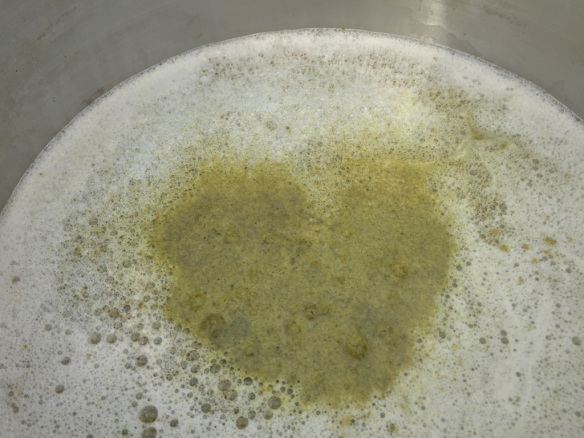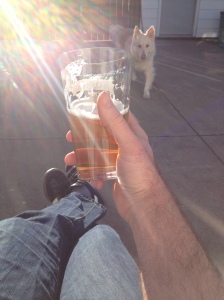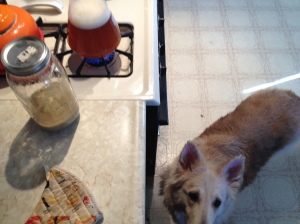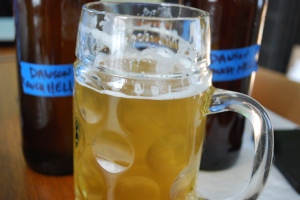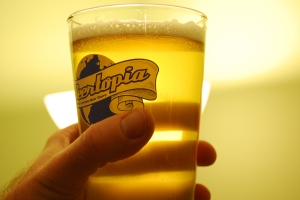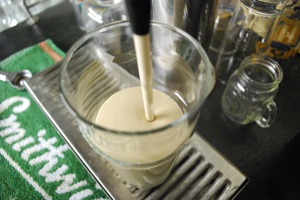Vectored from Current Biology via Ed’s Beer Site:
It has been clear that the lager yeast is a hybrid with one portion of its genome having originated from S. cerevisiae ale yeast [2] . However, the source of the non-ale subgenome, which endows lager yeast with cold tolerance, had been a matter of debate [3] . Recently, a Patagonian origin hypothesis of lager yeast has been proposed based on the discovery of a new cryotolerant Saccharomyces species from Patagonian native forests of Argentina [4] . This yeast, named S. eubayanus, exhibited the closest known match (99.56%) to the non-ale portion of lager yeast and, thus, was believed to be its progenitor. However, we now show that this yeast species is likely native to the Tibetan Plateau. One of the Tibetan populations of the species exhibits closer affinity with lager yeast than the Patagonian population as inferred from population genetics and genome sequence analyses. We thus provide strong evidence for a Far East Asian origin hypothesis of lager yeast, which apparently corresponds better with geography and world trade history.
Pretty cool – and much more intuitive than a Patagonian origin, what with the aforementioned geography and history (maybe it traveled via a horsehide bagful of kumis strapped to some Mongolian saddle?), and also what with China as a possible origination point for the Saccharomyces species.
Hardly scientific, but Tibetan monks and bock-brewing Franciscans in the Alps make a pleasing kind of cultural symmetry. Plus: yetis.


